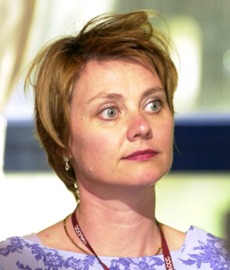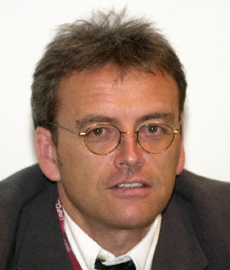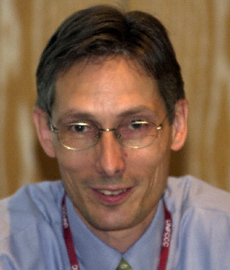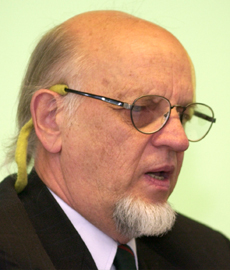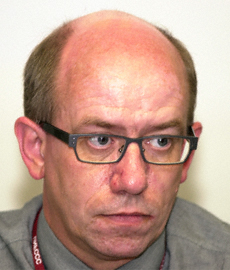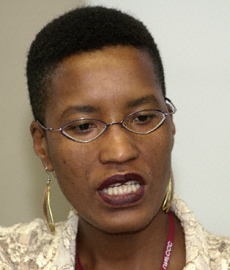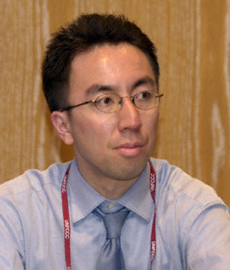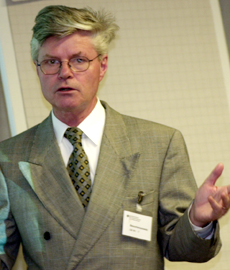|
John Christensen, UNCCEE, provided an overview of the Centre's project to assist capacity building for CDM activities, stating that the main tasks of the project are to: promote government support for CDM projects; develop policy maker's capacities; establish institutional frameworks; strengthen the capacities of the public and private sectors; develop technical skills; and stimulate investment.
Noting that the Netherlands is the major donor to the project, Marjan van Giezen, Dutch Ministry of Foreign Affairs, outlined the approaches her Government has taken to facilitate CDM projects and foster capacity building.
Njeri Wamukonya, UNCCEE, outlined the project's progress in the Sub-Saharan region, focusing on work in Mozambique. She described the development of Mozambique's national CDM workplan, including: designing a designated national authority (DNA); building capacity for project developers; analyzing a workplan development process; strengthening public and private sector capacities; securing financing for CDM projects; and increasing training initiatives.
Nguyen Khac Hieu, Vietnam's National Office for Climate Change and Ozone Protection, reviewed the current status of the project's work in his country. He noted problems relating to low awareness of the CDM among policy makers, lack of human resources, poor integration of the CDM in policy making, legal framework needs, and institutional development requirements.
Ali Agoumi, Morocco's Ministry of Land-use Management, Water and the Environment, outlined developments in his country, noting that a DNA was established in 2002 and that significant efforts have been made through capacity building workshops, portfolio diversification, and encouragement of investment. He said activities for 2003 include the formulation of a national CDM strategy, DNA operationalization, establishment of technical and financial procedures, CDM capacity building, and development of a Moroccan CDM portfolio of projects. Agoumi also presented a summary of the project's work in the Arab region, underlining the goal to maximize CDM opportunities to meet development needs.
Noting that each country is unique, Ogunlade Davidson, Energy and Development Research Centre, stressed the need to address: legal issues relating to the integration of the CDM in existing domestic legislation; the need to link State-specific sustainable development criteria to Millennium Development Goals and other processes; the importance of developing guidance materials such as CDM manuals; and the need to address financial and institutional issues.
|



